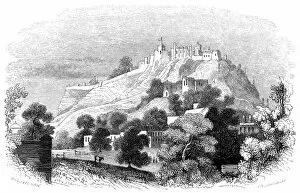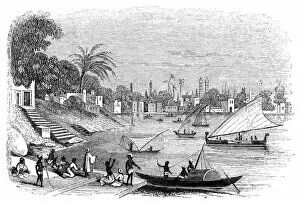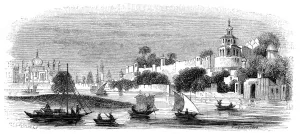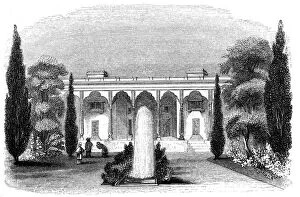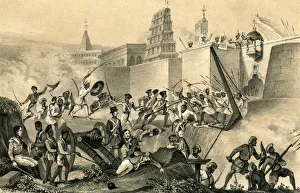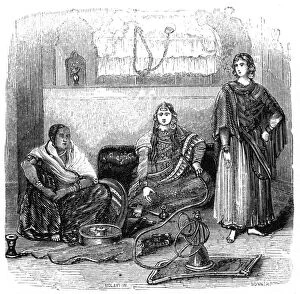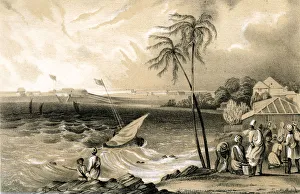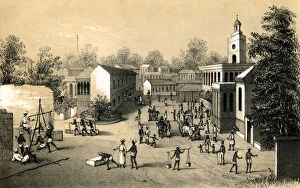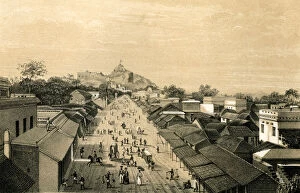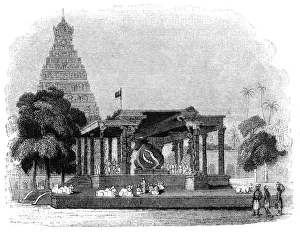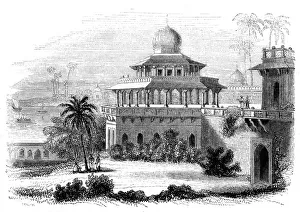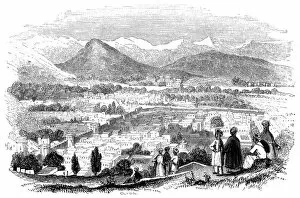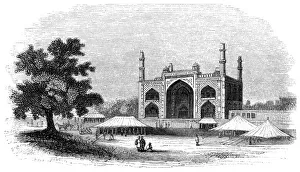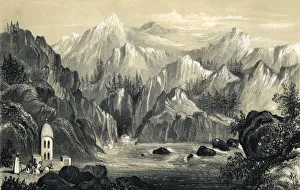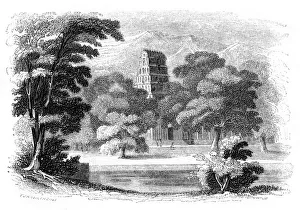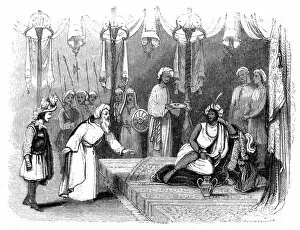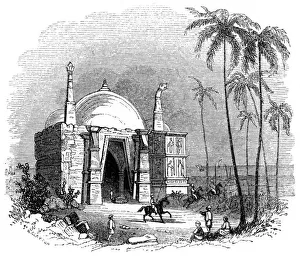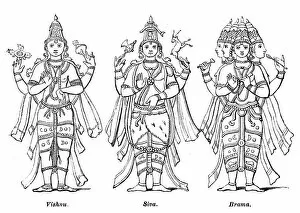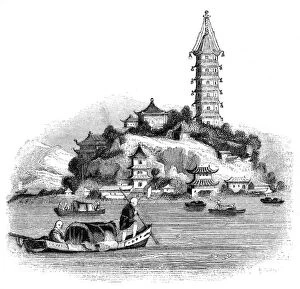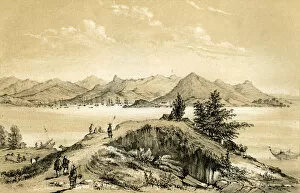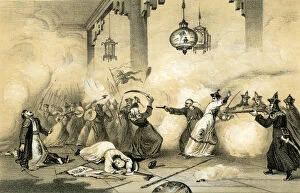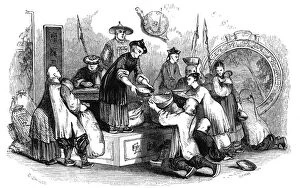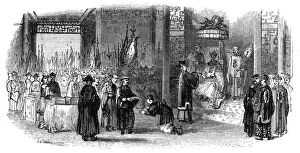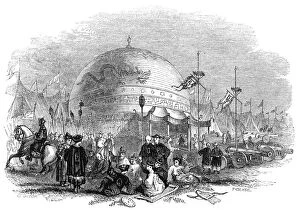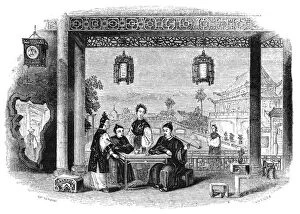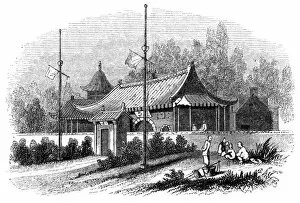Julia Corner Collection
"Exploring the Vibrant Tapestry of India: Julia Corner's Journey" Step into the enchanting world of 19th-century India through the eyes of Julia Corner
All Professionally Made to Order for Quick Shipping
"Exploring the Vibrant Tapestry of India: Julia Corner's Journey" Step into the enchanting world of 19th-century India through the eyes of Julia Corner, a remarkable traveler and artist. With her keen eye for detail and passion for capturing diverse cultures, she embarked on an extraordinary expedition across this captivating land. In 1847, Julia found herself mesmerized by the grandeur of the Fort of Gwalior in central India. As she meticulously sketched its intricate architecture, Robinson's brushstrokes brought life to her vision. Venturing further eastward, Benares beckoned with its spiritual aura. Kirchner skillfully depicted this holy city along the sacred Ganges River where pilgrims sought solace and enlightenment. Julia then immersed herself in Bombay's bustling Bazaar, captivated by its vibrant colors and lively atmosphere. Kirchner's artistry beautifully preserved these moments frozen in time. Her journey took an unexpected turn as she ventured into Afghanistan. In Cabul's fruit season Bazaar, Julia marveled at exotic fruits displayed like precious gems amidst a backdrop of cultural diversity. The Fortress of Ghazni stood tall against rugged landscapes; Kirchner masterfully captured this architectural marvel while showcasing India’s rich history. Lucknow unfolded before her eyes as Robinson painted a vivid picture of this royal city adorned with palaces and gardens that whispered tales from centuries past. Calcutta’s Chittapore road revealed itself as a melting pot where different cultures converged harmoniously – Bonner immortalized this vibrant street scene forevermore. Allahabad Palace exuded regal splendor under Bonner’s skilled hand; it was here that Julia witnessed Indian royalty at its finest during her travels across Northern India. Calcutta continued to charm with its colonial elegance - a city teeming with life yet steeped in history - leaving an indelible mark on both artist and observer alike.

